The characteristics of Brazilian Coffee beans and the Historical Story of the Development of the characteristics of Brazilian Coffee beans in the New World of Brazil
Professional coffee knowledge exchange more coffee bean information please follow the coffee workshop (Wechat official account cafe_style)
For more boutique coffee beans, please add private Qianjie coffee on Wechat. WeChat account: qjcoffeex
As the largest producer of Arabica coffee in the world, from commercial coffee to boutique coffee, Brazilian coffee can be said to support the entire industrial chain. Brazilian coffee is the village of ICE Arabica & the main factor determining the price of Arabica futures.
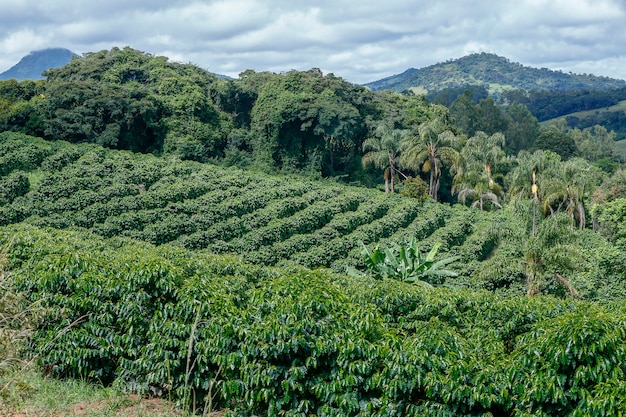
The high yield of Arabica coffee beans in Brazil is also due to the warm climate and flat terrain in the north of Brazil, which is suitable for the growth of Acarbica coffee beans. On the one hand, because it is flat, the machine harvest can be used to increase the overall harvest.
Major coffee producing areas in Brazil
The main producing areas of Brazilian coffee beans are: Minas Gerais MinasGerais, Sao Paulo Sao Paulo, Bahia Bahia and Esp í rito Santo Espirito Santo, which account for 90% of the country's exports. Our common Mojiana is from S ã o Paulo, Syrador and South Minas in Minas Gerais because the three producing areas of Minas province are high above sea level and produce high-quality Brazilian coffee beans.

Flavor characteristics of Brazilian coffee beans
The western part of Brazil has a low elevation, flat and monotonous landform, lack of micro-climate, and is used to planting coffee trees in the sun, so it produces the unique flavor of soft beans in Brazil. The front street tested the Brazilian coffee beans from different producing areas. It is considered that the Brazilian coffee beans have low acidity, sweet chocolate and mellow taste in the nutty flavor.
Main varieties of coffee in Brazil
In these producing areas, three varieties are mainly planted: red bourbon, yellow bourbon and New World.
"Red bourbon variety Red Bourbon"
Bourbon is derived from a natural variant of Typica, a coffee variety with a long history, and both varieties belong to the Arabica variety. Generally speaking, bourbon coffee is mainly made of green fruit, which turns into bright red fruit when ripe, which is what we have heard of as "red bourbon".
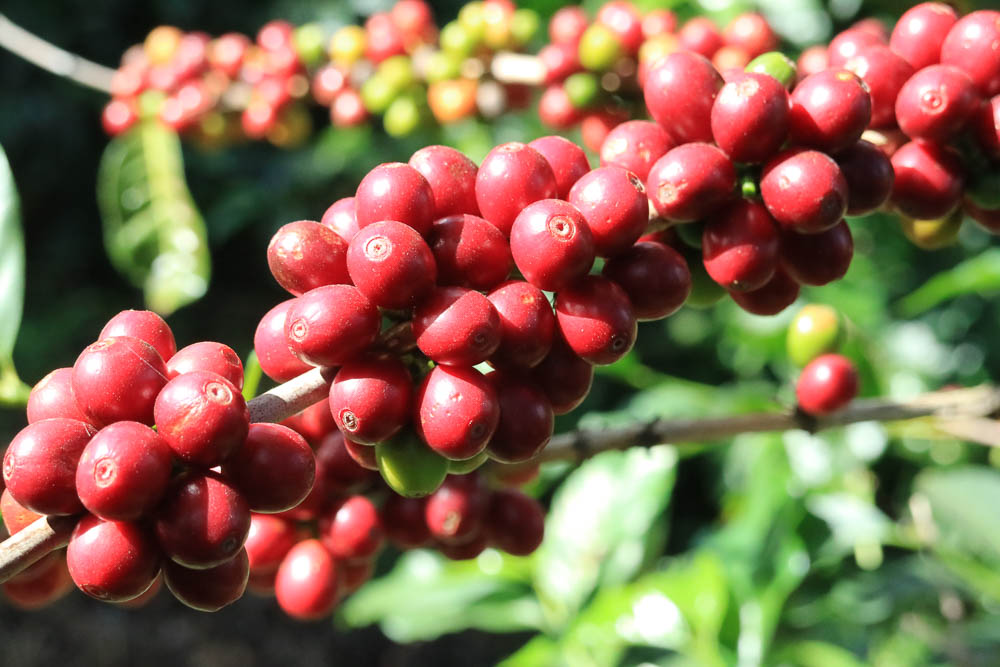
Through the test of Qianjie coffee cup, the variety of red bourbon coffee planted at high altitude has better aroma, bright acidity, obvious sweetness and tastes like red wine.
Qianjie Coffee believes that the most basic element of whether a coffee bean is fine or not is that it can drink the unique flavor of a producing area. The natural factors such as soil, climate and altitude of each producing area can make the coffee show different but represent the taste of the producing area, so Qianjie coffee has 7 kinds of food rations beans in the producing area. I hope everyone can determine the coffee taste performance of the hot producing areas through the highest performance-to-price ratio.
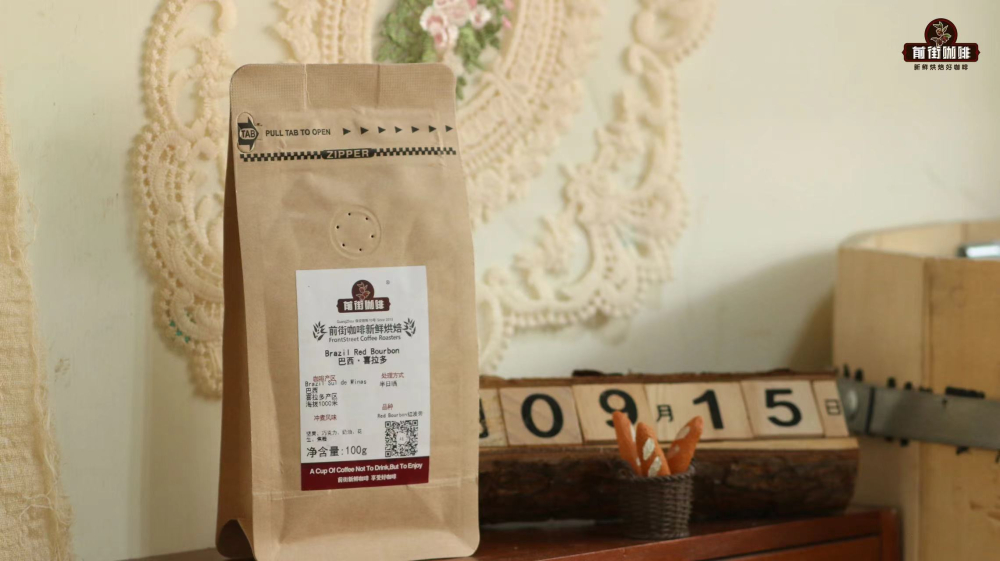
Among them, the coffee in the front street of Brazil selected a kind of red bourbon coffee beans from the Hilado producing area of Minas, Brazil, planted at an altitude of 1100m, using half-sun treatment. Under the appropriate parameters of trickling extraction, this coffee bean flavor shows obvious sweetness, with a hint of lemon aroma, with a strong nutty flavor, the latter part has an obvious dark chocolate flavor, the overall feeling is more round, very with the flavor characteristics of Brazil.
"Yellow bourbon variety Yellow Bourbon"
Yellow bourbon is a unique bourbon variety in the Brazilian state of Sao Paulo, mainly because the mature consequence does not turn red, but appears orange, so it is called "yellow bourbon". Yellow bourbon will have a great flavor if it is planted at high altitude. The acidity of yellow bourbon coffee beans is balanced and supple, the bitter feeling is weak and clean, and the whole is very bright and refreshing.
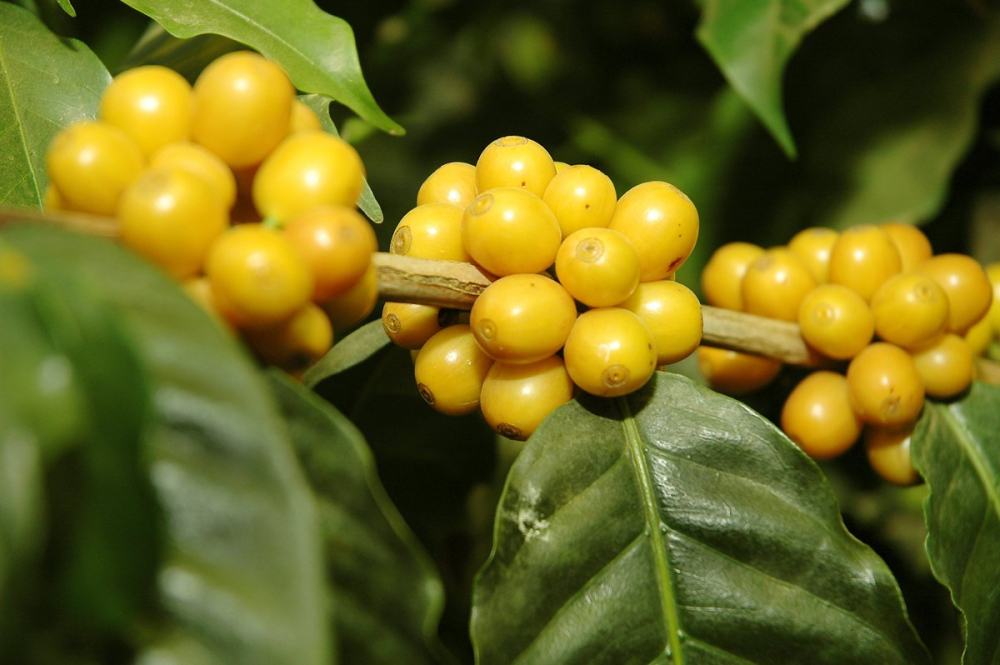
The most famous place for growing yellow bourbon in Brazil is the Queen's Manor in the Morgiana producing area of the Brazilian state of Sao Paulo. Fazenda Rainha is managed by Jos é Renato G. Dias, an agricultural engineer who specializes in coffee production. The farm covers an area of 280ha, of which 200ha are mainly planted in Huang Bourbon, Ikatu, Huangkaduai, New World and Acai á. It has BSCA and Utz certification.
When the coffee reaches maturity, use hand-held mechanical picking equipment to pick on the cloth to avoid touching the ground. After harvest, the coffee fruit is peeled off and laid in the courtyard to dry. The coffee dries slowly in the sun until the humidity reaches 11%. After drying, the coffee is placed in a wooden granary, so the quality of the Brazilian coffee beans produced by the estate will be more stable.
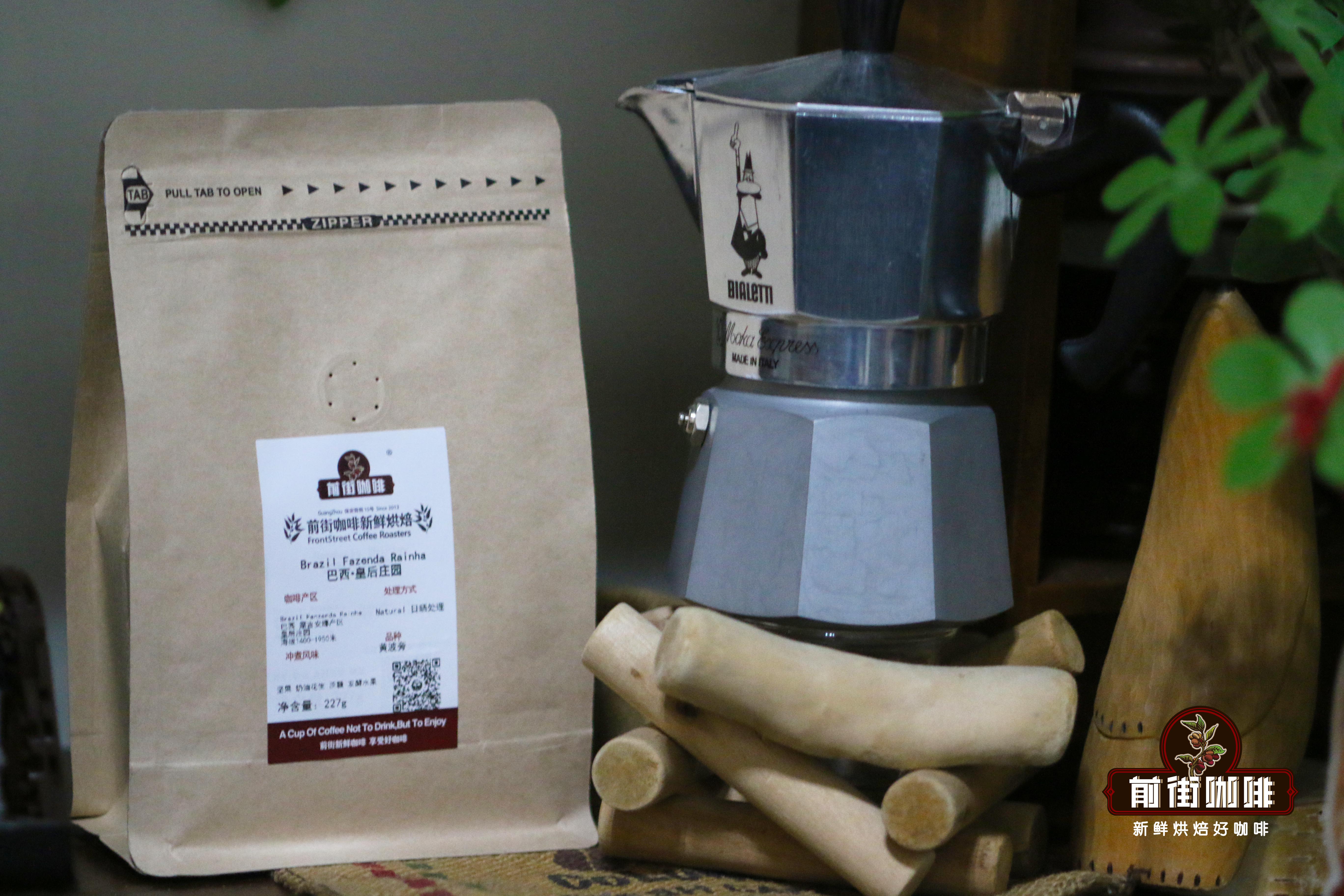
The Brazilian yellow bourbon coffee beans currently sold in Qianjie Coffee come from the Queen's Manor. Under the appropriate parameters of trickling extraction, this coffee bean flavor shows Sugar cane juice's sweet, black tea, beautiful and smooth fruit sweetness, obvious nutty flavor, balanced and supple acidity, weak and clean bitterness, rich chocolate aroma and nutty flavor. the taste is bright and fresh, smooth and delicate.
"New World Mundo Novo"
New World (Mundo Novo) is the result of a natural hybrid between Bourbon and Typica, which was first discovered in 1943 in Titeminelos, Sao Paulo, Brazil. The new world was originally planted in the new world market (Novo Mundo), which is now Uruppez.
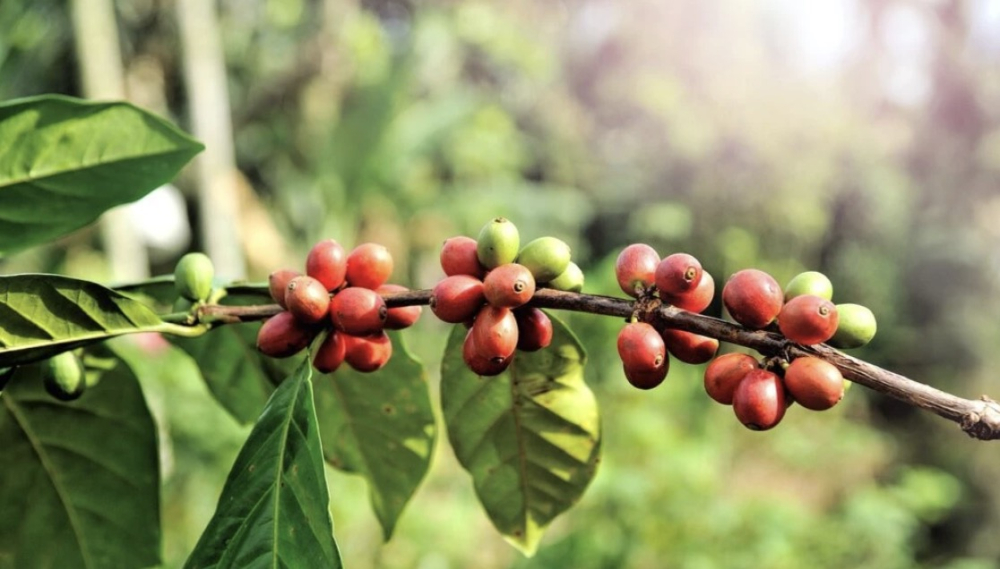
The first selection of Brazilian New World coffee beans was completed between 1943 and 1952. This variety has been distributed to coffee growers since 1952. The New World was widely cultivated in Brazil in the 1860s and was hailed as the new hope of the Brazilian coffee industry. Later, in 1977, the Institute of Agronomy IAC (Agronomical Institute of Campinas) released a new selection. In Brazil and other South American countries, the New World variety has very high commercial value. The New World has also spread to other countries, but it has not been widely planted locally for a variety of reasons.
How do Brazilian coffee beans taste good?
First, choose freshly roasted coffee beans. Qianjie coffee is sent within five days after roasting, ensuring 100% fresh roasting of coffee beans.
In order for Brazilian coffee to show the unique nutty flavor of the producing area, Qianjie Coffee roasted two types of Brazilian coffee beans to a medium depth. Medium and deep roasted coffee beans have a loose structure, so the substances in coffee beans are easier to extract, so Qianjie Coffee recommends brewing Brazilian coffee with low temperature hot water and medium coarse grinding.
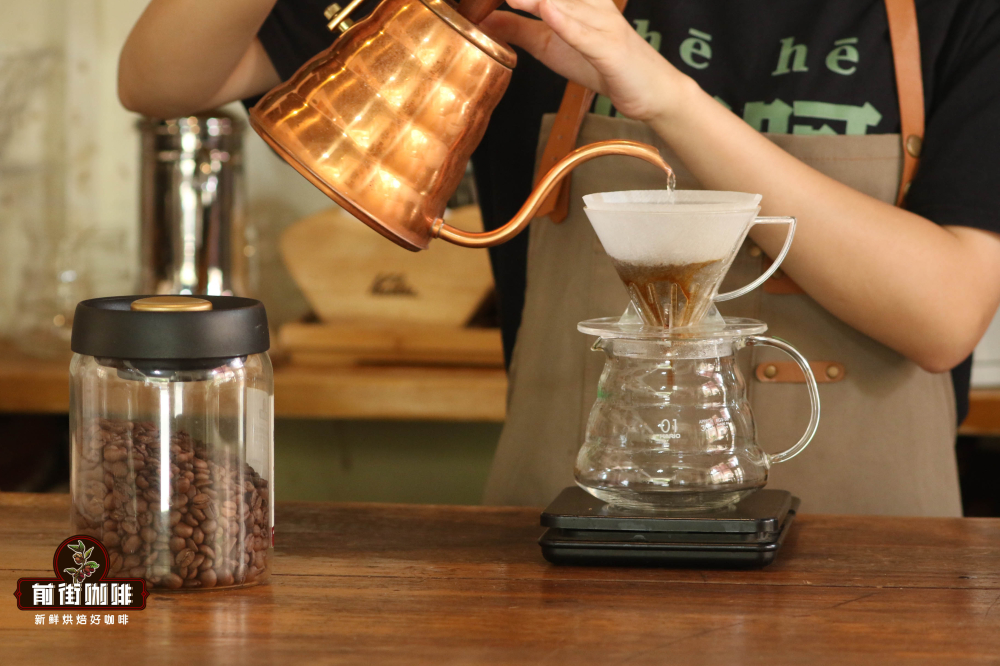
The extraction techniques are as follows: 30 grams of water is injected into the first stage for steaming for 30 seconds, and the second stage is injected into about 125 grams of water, then wait for the coffee liquid to drop, and when it falls to half, the last section of water is injected to 225 grams. Wait for all the coffee drops to lag behind before ending the extraction, the general total extraction time is about 2 minutes and 10 seconds.
Important Notice :
前街咖啡 FrontStreet Coffee has moved to new addredd:
FrontStreet Coffee Address: 315,Donghua East Road,GuangZhou
Tel:020 38364473
- Prev

The largest coffee consumer country Brazil Coffee Kingdom History Story Brazilian Red Bourbon Coffee Bean Features Flavor
Coffee was introduced into the country as early as the 18th century. The story goes that in 1727, the Brazilian government sent a heroic soldier-Lieutenant Colonel Francisco de Mello Pachta-to smuggle coffee seeds from Guyane française under the guise of mediating a border dispute. It is said that the lieutenant was attracted to the governor's wife, and at the farewell state dinner she presented him with a bouquet of flowers.
- Next

What kinds of coffee are there in coffee growing areas in India? Flavor and taste of coffee beans treated by Indian monsoon
When it comes to Indian coffee, you may not be so familiar with it. Let's learn about the four major varieties of coffee in India with Qianjie today. Kent: Kent is the earliest Arabica variety selected by British growers of the same name in the 1920s. Until the 1940s, this variety was still popular in the growing community because it was not easy to rust. Today, it is in several
Related
- Detailed explanation of Jadeite planting Land in Panamanian Jadeite Manor introduction to the grading system of Jadeite competitive bidding, Red bid, Green bid and Rose Summer
- Story of Coffee planting in Brenka region of Costa Rica Stonehenge Manor anaerobic heavy honey treatment of flavor mouth
- What's on the barrel of Blue Mountain Coffee beans?
- Can American coffee also pull flowers? How to use hot American style to pull out a good-looking pattern?
- Can you make a cold extract with coffee beans? What is the right proportion for cold-extracted coffee formula?
- Indonesian PWN Gold Mandrine Coffee Origin Features Flavor How to Chong? Mandolin coffee is American.
- A brief introduction to the flavor characteristics of Brazilian yellow bourbon coffee beans
- What is the effect of different water quality on the flavor of cold-extracted coffee? What kind of water is best for brewing coffee?
- Why do you think of Rose Summer whenever you mention Panamanian coffee?
- Introduction to the characteristics of authentic blue mountain coffee bean producing areas? What is the CIB Coffee Authority in Jamaica?

